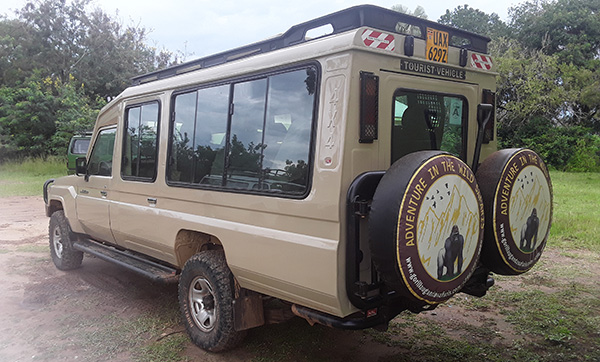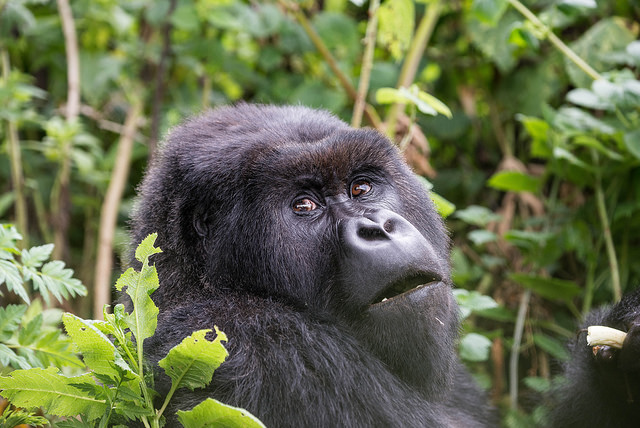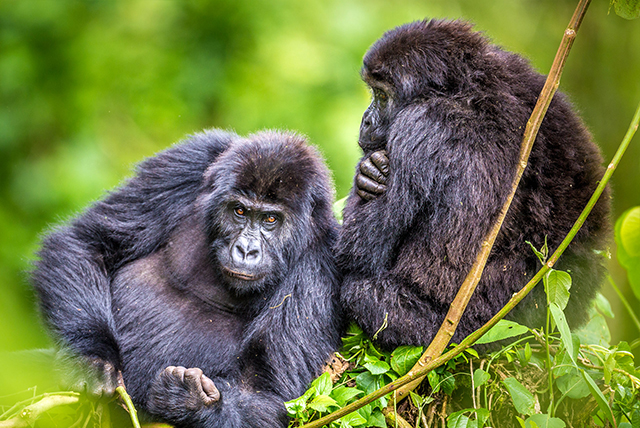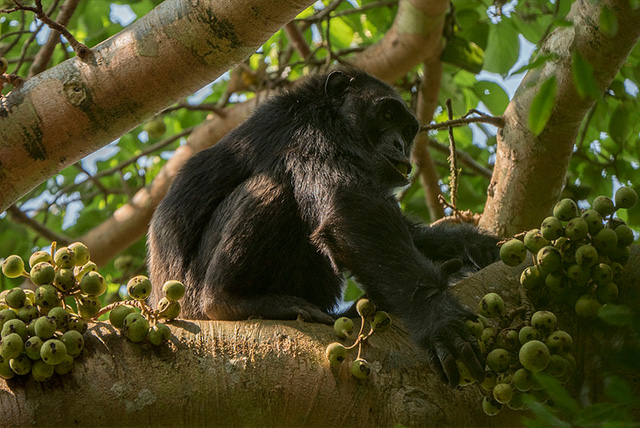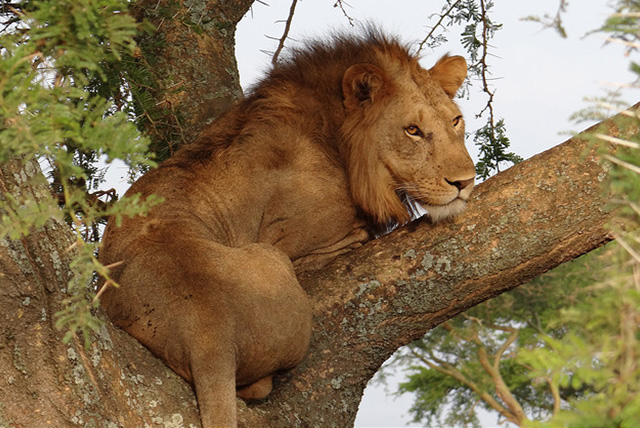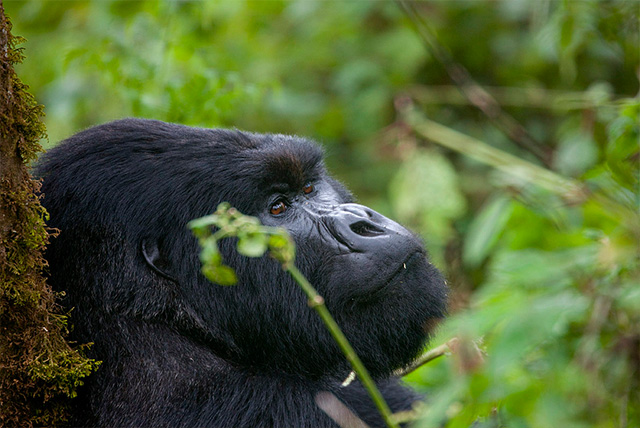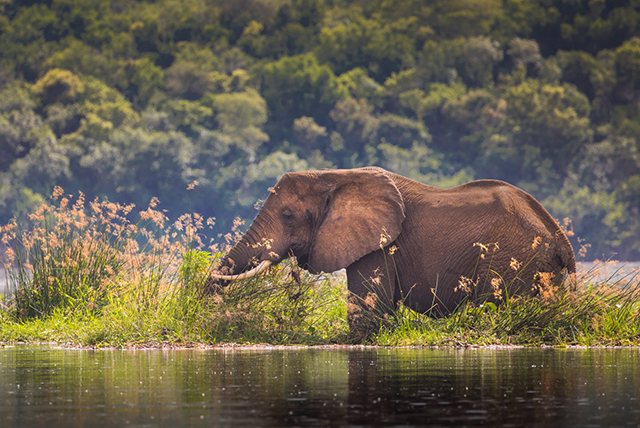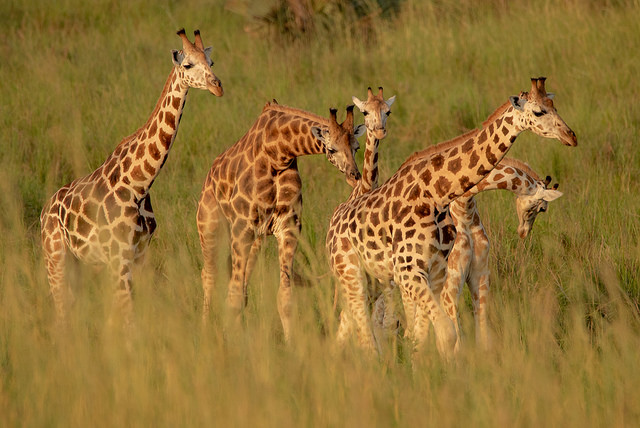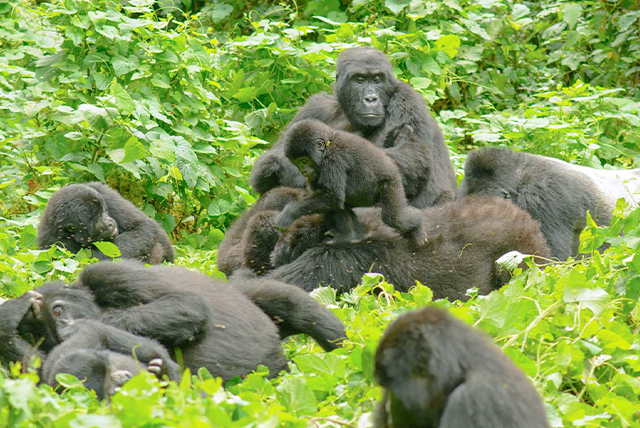Facts About Namibia
Facts About Namibia
1) The Namib desert, a staggering 80 million years old, holds the title of the world’s oldest desert.
The name Namib fittingly translates to “the land of open spaces.” The weathered orange sandy terrain invites you into the realm of the world’s oldest desert, shaped by fierce winds, heated by the blazing sun, and tinged with the iron of Africa. Indeed, it is an open space that wholeheartedly invites you to embark on journeys and discover new experiences. The Namib is brimming with astonishing discoveries.
2) Dragon’s Breath in Namibia is the most expansive underground lake on the planet.
Concealed beneath the scorching expanse of the Kalahari Desert in Namibia is the planet’s most expansive underground lake (non-sub-glacial). The lake lies 100m deep within a cave famously called the Dragon Breath Cave. The term “Dragon Breath” intriguingly captures the refreshing ‘breath’ that wafts from the entrance of the cave. If you crave thrilling escapades, where you plunge 100m into a cave to dive into the refreshing waters of nature’s grandest underground lake, hidden beneath a scorching desert, then this is the destination for you to discover. The lake is a sanctuary for the world’s rarest fish, a unique species of catfish with an estimated population of only 200!
3) The Republic of Namibia stands out as the first country to incorporate environmental protection into its Constitution.
Namibia is a relatively young nation, having achieved its independence not long ago (March 21, 1990). The recent establishment of independence has empowered Namibia to craft a contemporary and progressive constitution, and we are thrilled that the protection of their natural heritage is a fundamental aspect of their most significant manifesto. Namibia, home to vast expanses of desert, sets the stage for an extraordinary and unparalleled natural experience that feels remarkably pristine and unspoiled.
4) Home to some of the most colossal sand dunes on the planet
The Namib Desert boasts some of the most colossal sand dunes on the planet. These towering mountains of sand are both breathtaking and incredibly enjoyable to climb and explore. Dune 7 stands tall at 383m, claiming the title of the highest sand dune in the country.
One of the most exciting places to explore and witness some incredible giant dunes is Sossusvlei. Nestled in the southern region of the Namib Desert, a vast expanse of salt and clay is embraced by towering sand dunes that reach impressive heights. Numerous ones soar over 200m high, with the tallest reaching an impressive 325 m.
5) The Namib-Naukluft Park stands as one of the most expansive conservation areas globally.
Namibia boasts numerous conservation areas dedicated to safeguarding its wild landscapes. Namib-Naukluft Park is one remarkable conservation area. One of its most beautiful destinations is Etosha National Park – an 8,600 square mile expanse named after the Etosha Pan, an enormous flat salt pan, which is a mostly dry lakebed with high mineral and salt encrusting the top. A few days each year, it transforms into a vibrant oasis where flamingos can be spotted gracefully wading through the water. It is one of Namibia’s most enchanting sights. Carved into the Naukluft mountain range in the Namib Desert, Africa’s largest park is home to nearly 114 mammal species and over 340 bird species, featuring elusive jackals, desert lions, cheetahs, gemsboks, distinctive desert reptiles (snakes, geckos), and extraordinary insects. There are numerous camp zones where you can peacefully engage with the desert while being amused by the playful sounds of geckos. Before you pause to recharge, ensure you have ventured out to hike and uncover the breathtaking landscapes of this desert realm.
6) Namibia received recognition for its achievements in sustainable tourism from the World Wildlife Fund.
In 2013, Namibia was honored with the Gift to the Earth Award from the World Wildlife Fund (WWF) for its forward-thinking support of communal conservancies. Local communities manage these conservancies and play a crucial role in safeguarding the land. This community-driven effort uplifts indigenous tribes by offering social and financial assistance in exchange for creating engaging and sustainable experiences for visitors. We are thrilled to lead tours in a country celebrated for its exemplary practices in sustainable tourism, and to contribute to local communities through initiatives that you can actively participate in.
7) The Skeleton Coast, a treacherous expanse, is found in Namibia
An incredible stretch where Namibia converges with the Atlantic Ocean is known as the Skeleton Coast. In the past, launching boats from the shore in this northern region of Namibia was a daunting challenge, with the only route to the ocean winding through an expansive marsh, reachable only through a scorching and dry desert. The Skeleton Coast, with its unforgiving environment, has led to countless perilous shipwrecks. These shipwrecks offer stunning visuals and provide an amazing opportunity for exploration.
8) Namibia boasts one of Africa’s largest collections of ancient rock carvings.
Nestled in Namibia’s Kunene Region, Twyfelfontein boasts one of the continent’s most remarkable collections of rock engravings and art. Ancient hunter-gatherers, followed by herders, are thought to have engaged in shamanist rituals that led to the creation of the rock carvings.
The region boasts a rich history of habitation spanning 6,000 years, and it proudly holds the title of a UNESCO World Heritage Site.
The Fish River Canyon ranks just behind the Grand Canyon.
The Fish River Canyon stands as the largest canyon in Africa, showcasing one of Namibia’s remarkable natural marvels. The canyon stretches an impressive 160 km, boasts a maximum width of 27 km, and plunges to a remarkable depth of nearly 550 m. It ranks just behind the grand canyon in size and is absolutely deserving of a visit for its astonishing scale and the stunning vistas it offers.
10) Namibia boasts one of the world’s most sparse populations.
Namibia boasts an incredibly sparse population, with just 3.2 individuals per square kilometer. The expansive landscapes of Namibia’s deserts are heightened by their serene stillness – especially at Sossusvlei and the Skeleton Coast. The solitude enhances the extraordinary ambiance of these surreal terrains. What better host for an authentic journey through Africa.

